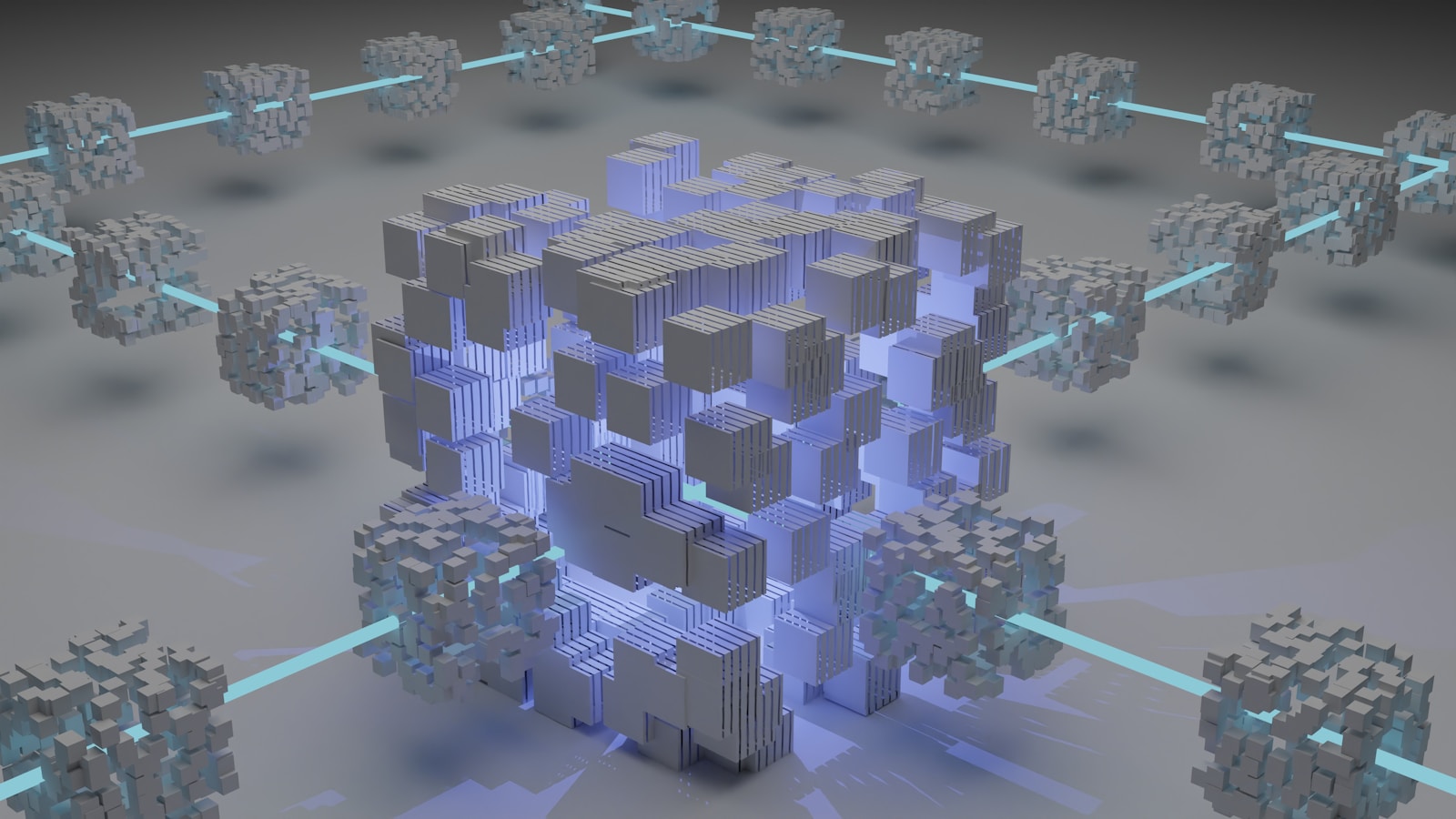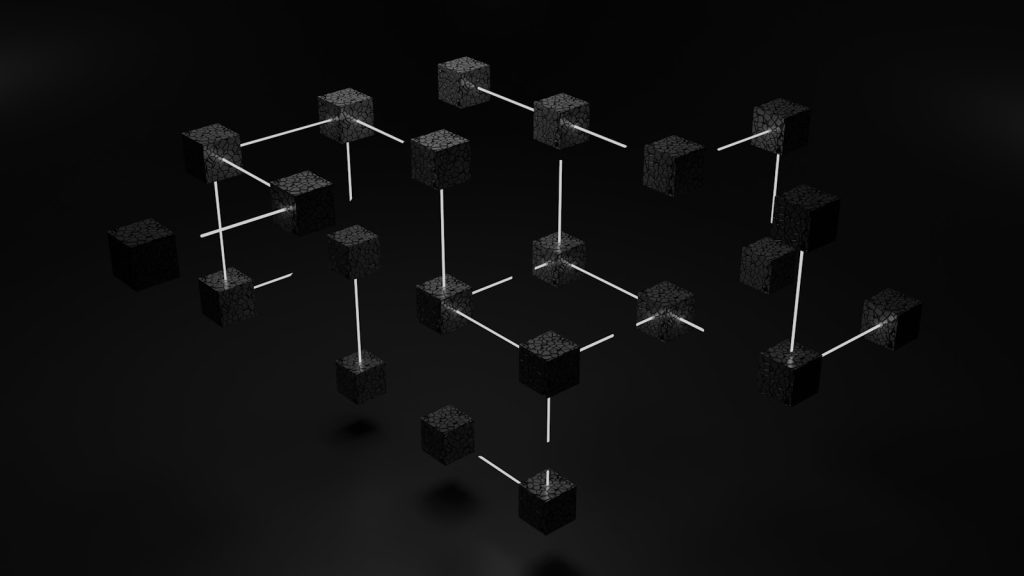Table of Contents
Blockchain Interoperability: An Easy Introduction
Blockchain technology has revolutionized the financial industry by providing a decentralized and secure platform for transactions. However, as the number of blockchain networks and applications continues to grow, the lack of interoperability between these networks poses a significant challenge. In this article, we will explore the concept of blockchain interoperability and its role in enhancing security in decentralized financial systems.
Understanding Blockchain Interoperability

Blockchain interoperability refers to the ability of different blockchain networks to communicate and interact with each other seamlessly. Currently, most blockchain networks operate in isolation, limiting their potential for widespread adoption and collaboration. Interoperability aims to bridge this gap by enabling the transfer of assets and data across multiple blockchain networks.
Interoperability can be achieved through various approaches, including:
- Atomic Swaps: This method allows for the direct exchange of assets between different blockchains without the need for intermediaries. For example, a user can swap Bitcoin for Ethereum directly, eliminating the need for a centralized exchange.
- Sidechains: Sidechains are separate blockchains that are connected to the main blockchain. They allow for the transfer of assets between the main chain and the sidechain, enabling interoperability.
- Cross-Chain Bridges: Cross-chain bridges act as connectors between different blockchain networks, facilitating the transfer of assets and data. These bridges can be built using smart contracts or other protocols.
The Importance of Interoperability in Decentralized Finance

Decentralized finance (DeFi) has gained significant traction in recent years, offering a range of financial services without the need for intermediaries. However, the lack of interoperability between different DeFi platforms limits their potential for growth and collaboration. Here's why interoperability is crucial for decentralized finance:
1. Enhanced Liquidity
Interoperability allows for the seamless transfer of assets between different blockchain networks. This enables users to access a wider range of liquidity pools, increasing the overall liquidity in the decentralized finance ecosystem. With enhanced liquidity, users can easily trade and access funds across different platforms, improving the efficiency of the financial system.
2. Risk Mitigation
Interoperability reduces the risk associated with relying on a single blockchain network. In the event of a network failure or security breach, users can quickly switch to an alternative blockchain network without losing their assets. This diversification of risk enhances the security and resilience of decentralized financial systems.
3. Cross-Platform Collaboration
Interoperability enables collaboration between different DeFi platforms, fostering innovation and the development of new financial products. For example, a lending platform on one blockchain network can seamlessly interact with a decentralized exchange on another network, creating new opportunities for users and expanding the capabilities of decentralized finance.
Real-World Examples of Blockchain Interoperability
Several projects and initiatives are already working towards achieving blockchain interoperability. Let's explore some real-world examples:
1. Polkadot
Polkadot is a multi-chain platform that enables different blockchains to interoperate. It uses a relay chain to connect multiple parachains (parallel chains) and allows for the transfer of assets and data between them. Polkadot's interoperability framework provides a scalable and secure solution for decentralized applications.
2. Cosmos
Cosmos is another project focused on blockchain interoperability. It uses the Inter-Blockchain Communication (IBC) protocol to facilitate communication between different blockchains. Cosmos aims to create an Internet of Blockchains, where various blockchain networks can interact and exchange value seamlessly.
3. Wanchain
Wanchain is a blockchain platform that enables interoperability between different blockchain networks. It uses a decentralized cross-chain mechanism to facilitate the transfer of assets and data. Wanchain aims to bridge the gap between public and private blockchains, allowing for secure and transparent transactions.
Challenges and Future Outlook
While blockchain interoperability holds immense potential, there are several challenges that need to be addressed. These include:
- Technical Complexity: Achieving interoperability between different blockchain networks requires the development of standardized protocols and frameworks. This can be a complex and time-consuming process.
- Security Risks: Interoperability introduces new security risks, as the transfer of assets and data between different blockchains can be vulnerable to attacks. Robust security measures need to be implemented to mitigate these risks.
- Regulatory Compliance: Interoperability raises regulatory concerns, as it involves the transfer of assets across different jurisdictions. Regulatory frameworks need to be developed to ensure compliance and protect users.
Despite these challenges, the future of blockchain interoperability looks promising. As more projects and initiatives focus on developing interoperability solutions, we can expect to see increased collaboration and innovation in the decentralized finance space.
Conclusion
Blockchain interoperability plays a crucial role in enhancing security in decentralized financial systems. By enabling the seamless transfer of assets and data between different blockchain networks, interoperability enhances liquidity, mitigates risk, and fosters cross-platform collaboration. Real-world projects like Polkadot, Cosmos, and Wanchain are already working towards achieving blockchain interoperability. While there are challenges to overcome, the future outlook for interoperability is promising. As the decentralized finance ecosystem continues to evolve, interoperability will be a key driver of growth and innovation.

